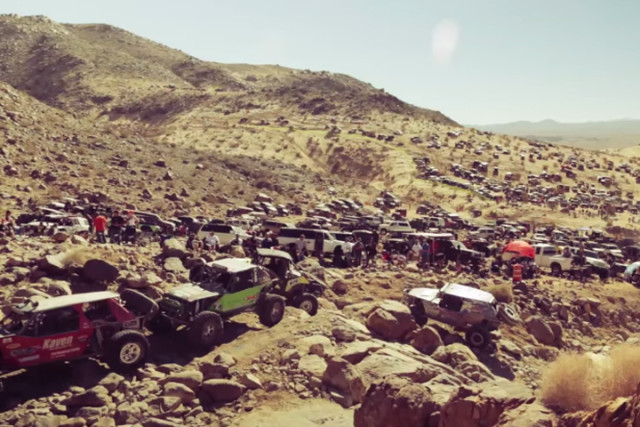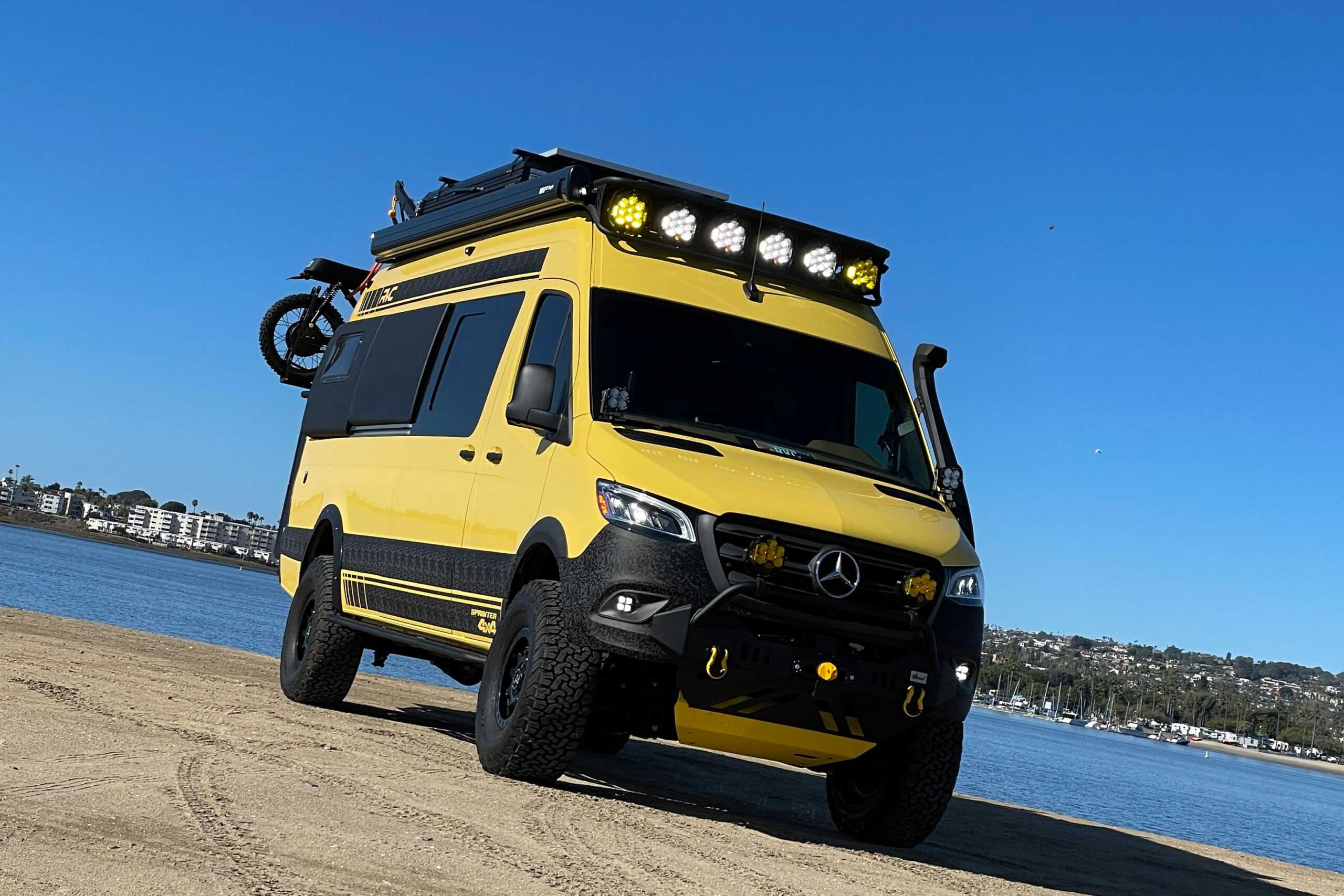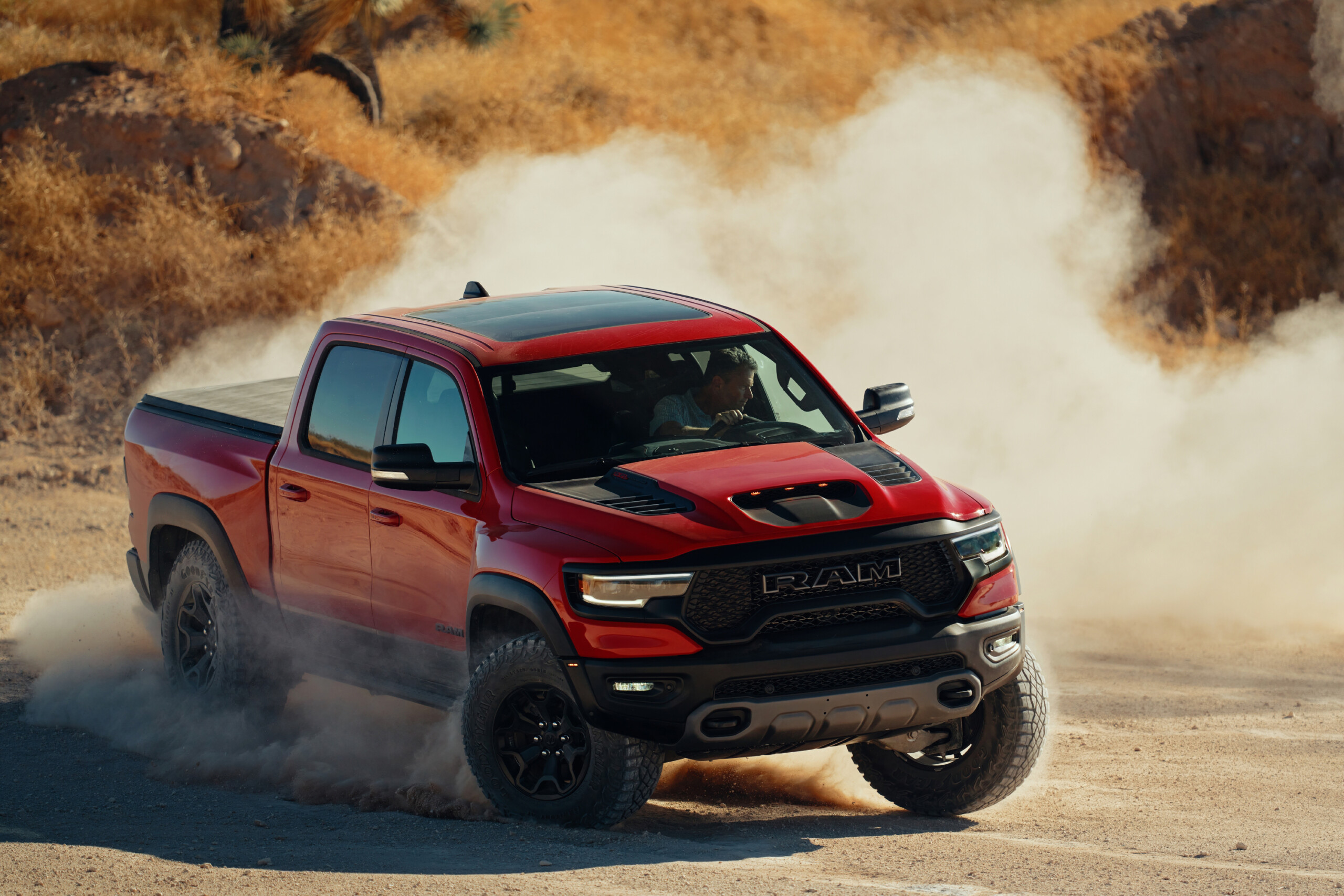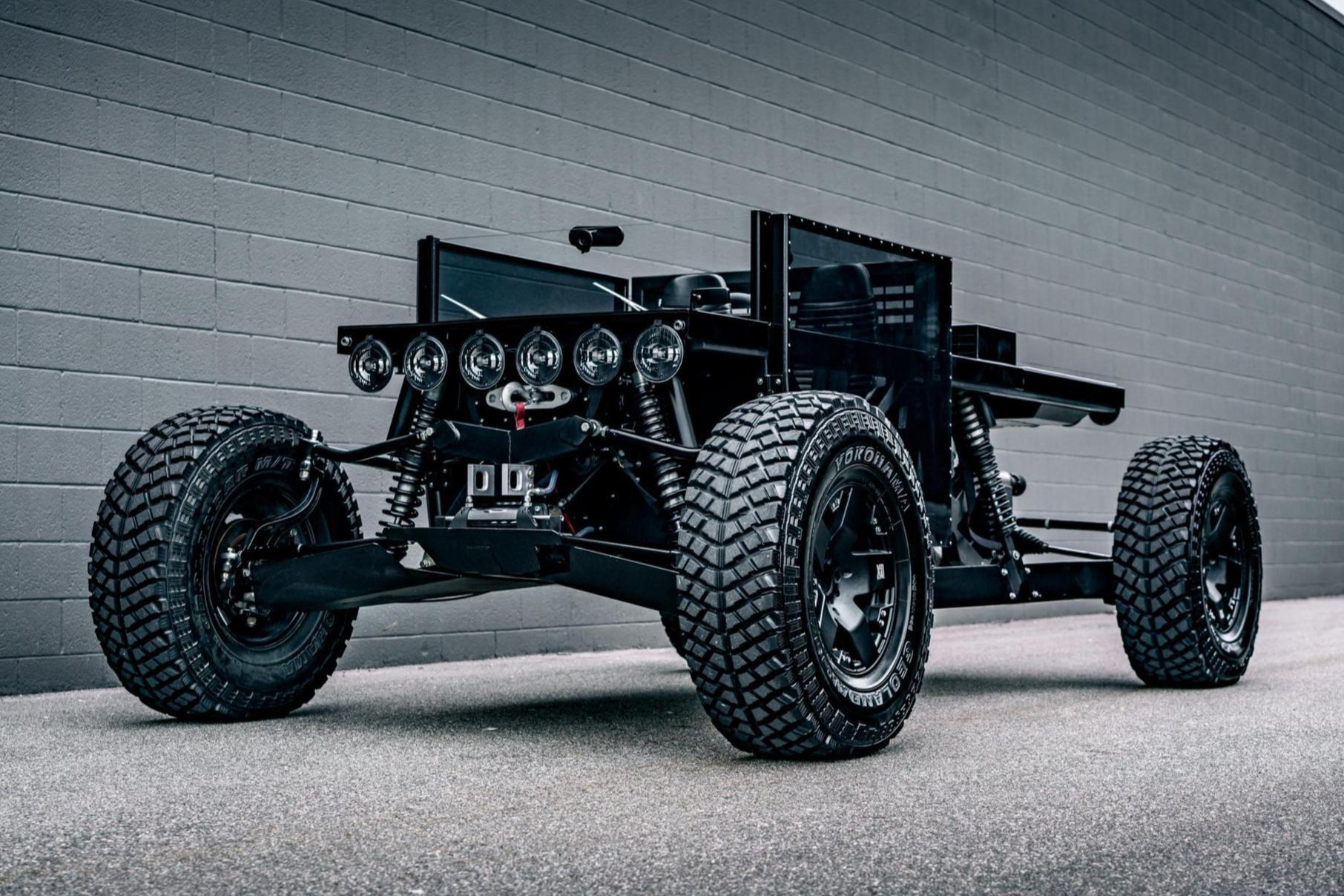The terrain of Johnson Valley, site of the annual Ultra4 King of the Hammers race, is one of wild and vast variety. Straight, flat lake beds offer speedy passes with little in the way of difficulty, but they quickly give in to twisty, rock-filled canyons that constitute mean and unforgiving passages from point to point.
 It’s as good a scenario as any to bring the discussion around to talk of live versus independent axles. That’s just what happened while we were out at the race, catching up with driver Erik Miller during some downtime.
It’s as good a scenario as any to bring the discussion around to talk of live versus independent axles. That’s just what happened while we were out at the race, catching up with driver Erik Miller during some downtime.
“There’s this battle that’s been raging since King of the Hammers started: ‘what is a better setup?'” said Miller. “It’s an unlimited class, so the playing field’s wide open for whatever you want to build. As of recently, the trend has been going toward A-arms, but I’m a firm believer in solid axle cars.”
 The debate boils down to a couple of things: articulation versus traction. On the one hand, a live axle can’t be beat for offering supreme traction by virtue of having the wheels longitudinally in sync with each other at all times, and the ability to use a locking differential that comes with this feature. On the other hand, independent suspension presents far better flex and stability, something that’s all too important when faced with sheer rock walls on either side and large boulder to the front and rear.
The debate boils down to a couple of things: articulation versus traction. On the one hand, a live axle can’t be beat for offering supreme traction by virtue of having the wheels longitudinally in sync with each other at all times, and the ability to use a locking differential that comes with this feature. On the other hand, independent suspension presents far better flex and stability, something that’s all too important when faced with sheer rock walls on either side and large boulder to the front and rear.
For his part, Miller lies firmly in the camp of good ole straight axles. “I think that the advantages that you gain in the rocks far outweigh the disadvantage of full hydraulic steering. Our straight-axle car has been touted as one of the fastest there is. We spend hours and hours and days upon days tuning the suspension to make sure that it’s properly set up for Johnson Valley, and we haven’t given up anything [for the rocky sections of the race].”
“Honestly, at the end of the day, this race comes down to who can survive,” commented Miller. “If you have issues out here, somebody’s going to beat you.”


















